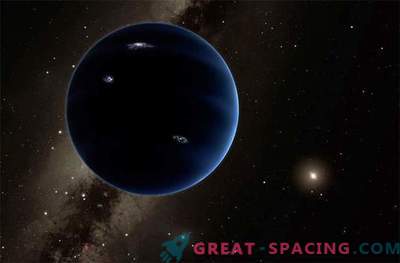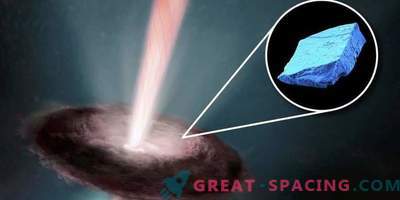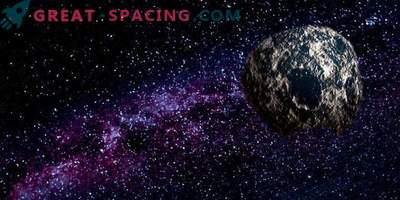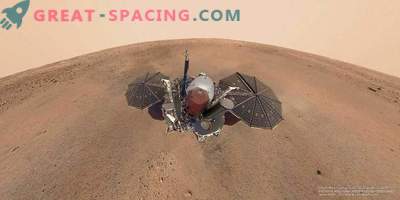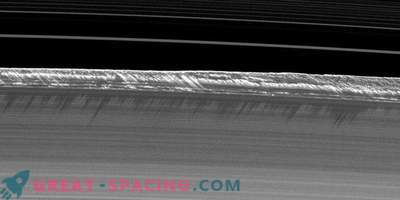
The solar system was formed from a protoplanetary disk consisting of gas and dust. Since the cumulative mass of all objects outside Neptune is much smaller than expected, and the bodies there are endowed with inclined eccentric orbits, it is likely that a certain process changed the external part of the system after creation. A new study shows that a close span of a nearby star can simultaneously lead to an observable lower mass density in the outer part of the solar system and form similar orbital paths. Numerical simulation suggests that many additional bodies are still awaiting discovery. Perhaps among them is “Planet X”.
A close catastrophe billions of years ago could have shaped the outer parts of the solar system, leaving the interior of the region largely untouched. It turns out that this state of affairs can be explained by the close flight of another star.

Modeling a stellar invasion scenario with 0.5 solar masses and a perihelion distance of 100 a. e. (three times the distance of the Sun-Neptune). A) The average position of the particles after the flight, the colors with eccentric orbits, increasing from blue to green. B) The position of the particles before the spans with different populations of eccentricity (color) from the upper rows of gray areas The basic scenario of creating our system is that the sun is formed from a collapsing gas and dust cloud. A flat disk appeared in the process, in which large planets grew up and smaller objects with asteroids, dwarf planets, etc. Because of the disk plane, it was expected that the orbital paths of the planets would be in the same plane. If you look up to Neptune, then everything seems perfect: most of the planets rotate in rather circular orbits, and their orbital inclinations change with a small value. But then the picture is sharply distorted. The greatest mystery is the dwarf planet Sedna, moving in an oblique, highly eccentric orbit.
Outside of Neptune, another strange thing happens. The total mass of all objects drops sharply by almost 3 orders of magnitude. Similar coincidences seem rare. Because of this, an assumption arose that a star approached the Sun at an early stage, which had stolen most of the outer material from the protoplanetary disk and threw away what was left on the inclined and eccentric orbits. Having conducted thousands of computer simulations, we managed to show what would happen in such a scenario. It turned out that the object with 0.5-1 solar masses, which flew three times further than the Sun-Neptune mark, is best suited. This variant also explains other unusual features, including the mass ratio between Neptune and Uranus and the existence of two different populations of Kuiper Belt objects. The probability of such an event is being studied. Usually stars, like the Sun, are born in large, tightly packed groups. An additional type of modeling showed that the probability of flight during the first billion years of solar life reached 20–30%. This is not the final result, but still he manages to explain many observations.





